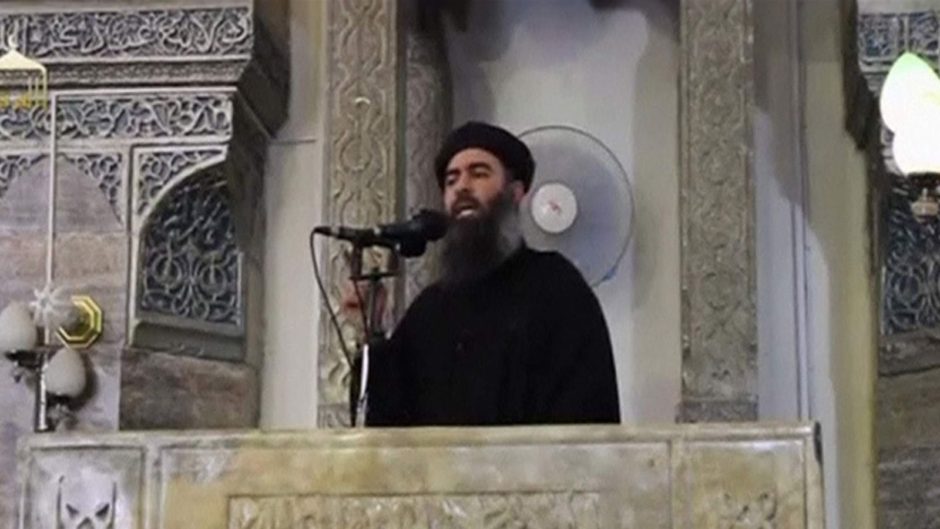Five years after announcing the formation of a caliphate in Iraq and Syria from the pulpit of the Al Nuri Grand mosque in the northern Iraqi city of Mosul, Islamic State leader Abu Bakr al-Baghdadi is dead.
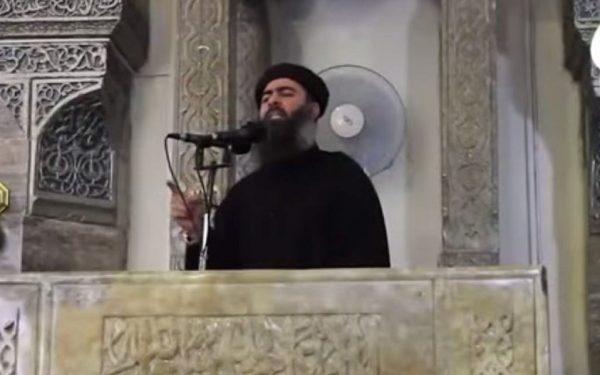
Baghdadi, with a $25 million U.S. bounty on his head, died of self-inflicted wounds on October 26 when American commandos cornered him in a tunnel in his compound in northwest Syria. With no way out and military dogs hot on his trail, he committed suicide by detonating his explosives vest.
“He didn’t die a hero, he died a coward, crying, whimpering and screaming,” U.S. President Donald Trump triumphally said as he announced the news of his untimely death.
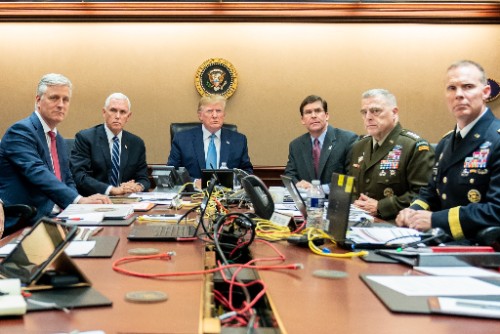
Less than a day after Baghdadi’s demise, U.S. troops, in a separate operation near the Syrian city of Aleppo, gunned down Islamic State’s chief spokesman and Baghdadi’s possible successor, Abu Hassan al-Muhajir.

Baghdadi was the third major jihadist figure after Abu Musab al-Zarqawi and Osama bin Laden to meet a violent end in the past 13 years.
Zarqawi, who commanded the Al-Qaeda franchise in Iraq, was killed in a U.S. airstrike north of Baghdad in 2006, at the height of the Sunni insurrection against American occupation forces. Bin Laden, the head of Al Qaeda, the Sunni terrorist organization that destroyed the World Trade Center on September 11, 2001, was killed by U.S. soldiers in a remote corner of Pakistan in 2011.
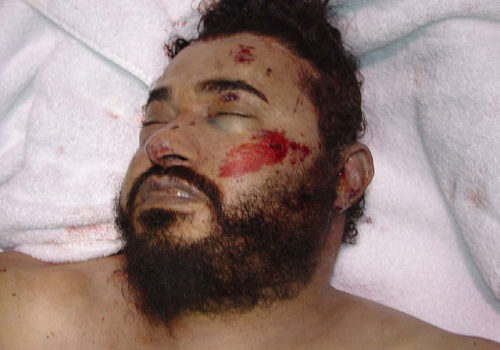
It’s not clear who will replace Baghdadi, but two months ago, he reportedly chose Abdullah Qardash as his successor. Qardash was an officer in the Iraqi army during the Saddam Hussein era, and, like Baghdadi, he joined the Sunni rebellion that erupted in Iraq shortly after the 2003 U.S. invasion.
As Qardash was being groomed for leadership, several of his colleagues widely regarded as Baghdadi’s possible successors had already bitten the dust. Among them were Abu Mohammed al-Adnani, who was eliminated in a Russian airstrike in 2016, and Fadhil Ahmad al-Hayali, who was taken out by American special forces a year earlier.
Islamic State was already tottering when Baghdadi took his own life.
Last December, during an announcement that the United States would pull its military contingent out of Syria, Trump claimed that Islamic State had been defeated militarily after an intensive five-year campaign conducted in the main by Syrian Kurds, the United States and Russia.
Trump’s assessment was only partially correct.
Islamic State, whose caliphate was equivalent in size to Britain, reached its apogee in 2014 and 2015 when upwards of 12 million people lived under its direct rule. With an army of some 30,000 foot soldiers, some of whom were foreign volunteers, Islamic State established its authority in scores of cities, towns and villages ranging from Fallujah in Iraq to Raqqa in Syria, tolerating absolutely no dissent from its austere form of Islam and punishing dissenters harshly.
With a war chest of something like $400 million, which was stolen from banks, oil refineries, municipalities and institutions, as well as extorted from individuals, Islamic State had the financial means to support its aggression. Tapping into modern technology, it promoted itself and recruited volunteers on social media.
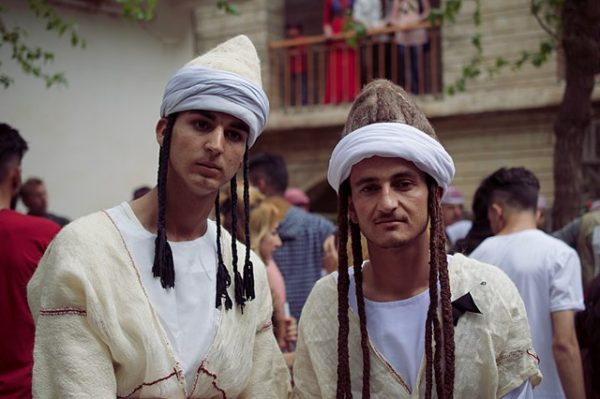
During its heyday, Islamic State persecuted or harassed minorities, particularly Christians and Yazidis. It also plundered antiquities and beheaded, burned alive, stoned and drowned hostages in a series of grisly executions.
Under Baghdadi’s direction, Islamic State set up affiliates around the world, most notably in Nigeria, Afghanistan, Libya and the Sinai Peninsula in Egypt.
And Islamic State supporters carried out numerous acts of terrorism abroad, from Paris to Sri Lanka, murdering hundreds of civilians in suicide bombings.
Islamic State’s death knell was sounded in the summer of 2014, when the United States and its Middle Eastern and Western allies launched a concerted air campaign against its infrastructure in Syria. By then, Syria was into its third year of a civil war, which still goes on.
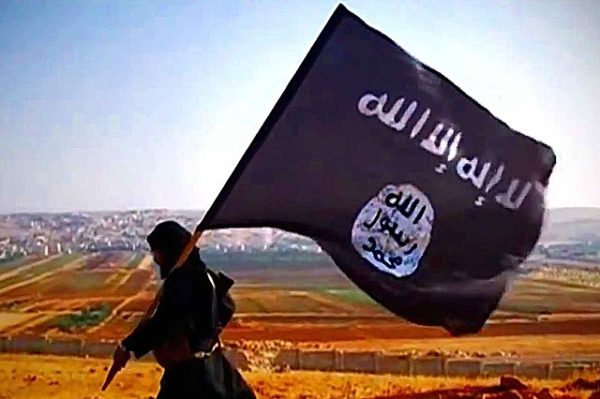
Incrementally, Islamic State was dealt crushing blows as the Iraqi army and Shi’a militias, aided by Iran, recaptured places like Tikrit and Mosul, and as the Kurds, backed by American air power, retook Raqqa. Last April, Islamic State lost Baghouz, its last bastion in Syria.
In the face of these stinging defeats, Baghdadi released an 18-minute video on April 29 in an attempt to rally his followers. Sitting cross-legged on the ground in an unidentified locale, he admitted that victory was not even on the horizon. “Our battle today is a battle of attrition,” he said. “Truthfully, the battle of Islam and its people with the crusader and his people is a long battle.”
By that juncture, Baghdadi was on the run, communicating through couriers, and was believed to be in hiding in the desert around Syria’s border with Iraq. The Kurdish-led Syrian Democratic Forces apprised the United States of his location after Iraq obtained information from the wife of an Islamic State leader.
The U.S. commandos launched their raid from a base in the Iraqi city of Erbil. American helicopters encountered heavy gunfire after landing at Baghdadi’s safe house in Idlib province, which the Syrian government has yet to recapture.
Contrary to Trump’s claim, Islamic State is not entirely finished as a fighting force. Having regrouped since its string of defeats, it now carries out guerrilla attacks, assassinations and kidnappings in Syria and Iraq, drawing on a reservoir of about 18,000 combatants in sleeper cells and an unknown number of sympathizers.
The death of Baghdadi is certainly a serious blow to Islamic State, but it’s an adaptable and resilient organization and its operational prowess is not dependent on a single charismatic leader.
Islamic State has been badly battered, but its ideology lives on. Its presence will be felt not only in the region, but in countries far away from the Middle East.
